If Q4 is your peak season, it’s sooner than you may think. We all know that (real) SEO takes time, so now would be a good time to start planning your content schedule for your most profitable time of year.
The below strategy will help you create content that will not only rank and drive traffic, but earn you revenue and build links in the process.
* This example uses a wine accessories e-commerce site.
Step 1. Identify where you’ve been profitable
There are a lot of different ways to analyze profitability in GA, but for the sake of this strategy we’ll be doing as follows:
Set a date range that makes sense to you (I did the first 7 full months of 2012). Then, go to “All Pages” under “Site Content”
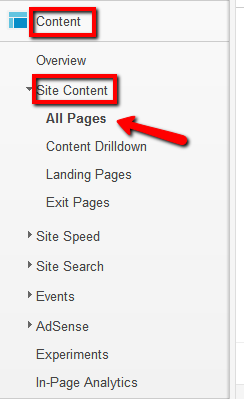
Next select “Page Title” as your primary dimension and sort by highest “Page Value”

Step 2. Export your data as CSV
The data is already sorted by highest page value, so we’ve got all our money-making pages at the top. I grabbed the first 100, I think that’s a good number to work with. And I’m not too concerned about page views or anything else here; all that concerns me is straight cash, homey

Step 3. Copy & paste the top 100 titles to TagCrowd
Using TagCrowd, add your page titles to the “paste text” tab. Also remove your brand name and any other words that may skew your visuals. In this case, I removed brand name and the general word “wine”
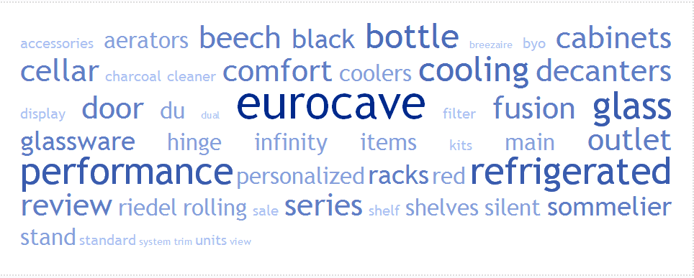
It looks like page titles including “Eurocave” have done well in 2012. For those unaware, this is a high end wine cellar brand. So now we have a general direction for what type of content to build, but what are we going to talk about?
I’m a huge fan of the “versus” content creation strategy. In a nutshell:
- Type a specific brand or product into Google, then type “vs”, then hit the spacebar
- Check out what Google Suggest is showing you – what other brands or products are being compared to it?
- Building content geared toward these queries is smart because the people searching are already deep enough into the funnel that they are trying to determine not IF they should purchase, but WHAT EXACTLY they should purchase
- Give them great content and educate them on their purchase decision (pro’s / con’s for each), and you likely have yourself a sale. Be honest in your assessment; don’t steer them toward a brand/product that gives you better margins. If they smell deceit, you lost the sale.
- Oh, and it’s easy to rank well for long-tailed “vs” queries
Step 4. Use Ubbersuggest
In my “versus” explanation above, I mention Google Suggest. Take it one step further and user Ubbersuggest.org which shows you even more:
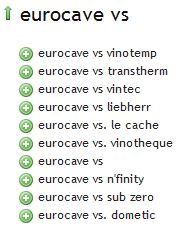
So now you have a the nuts and bolts to put a content plan in place. You can make a schedule to create blog posts/videos/etc. to compare and contrast your target brand versus the suggested results.
Or you can go further…
Step 5. Use last year’s Q4 data to your advantage
Want to get even more detailed with your content creation? Rather than just pick and choose random products from your target brand or category, look at the products that performed well last Q4 and identify the 2012 version of the product. Now you aren’t randomly choosing; you are using data and proof as to what products have earned you revenue in the past.
Adjust your date range to Q4 (or whenever your peak season may be), and go to the “Product Performance” tab
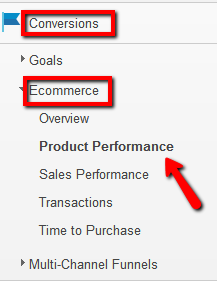
Filter the data by “Product Revenue”

Step 6. Export your data as CSV, filter by target brand/category
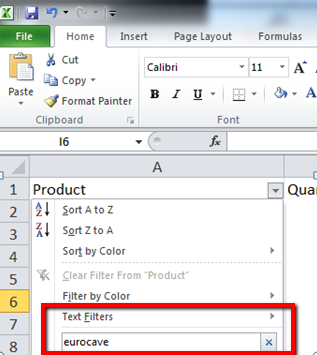
Now you should have yourself a list of top revenue-driving products from a top revenue-driving brand. Are any of those products updated with a new model? If not, is there still an opportunity to add fresh content about that product or compare it to something similar?
You’ve got the data, now go create a content plan to rank for the long-tailed and drive traffic that has proven to be profitable. Just don’t build crap content, please and thank you.
Wanna Build Links?
Take advantage of all the great content you are putting out on the interwebs and build it in a way that won’t only make you money but build you links.
Go back to your tag crowd and find other brands and products that stick out. In this example it looks like decanters and sommeliers would be good products to run with for this strategy
1. Build an overall URL
If you structure it properly, you can build a massive holiday guide that can serve as link bait. In this example, our overall URL could look like /holiday-wine-guide
Go one directory deeper, and have these live on the overall page:
- /holiday-wine-guide/eurocave
- /holiday-wine-guide/cabinets
- /holiday-wine-guide/decanters
Now, all of your targeted content has its own home. A guide within a guide. Within a guide.
Happy money making. Happy linkbuilding. Happy holidays.
follow Ryan Fontana on Twitter

